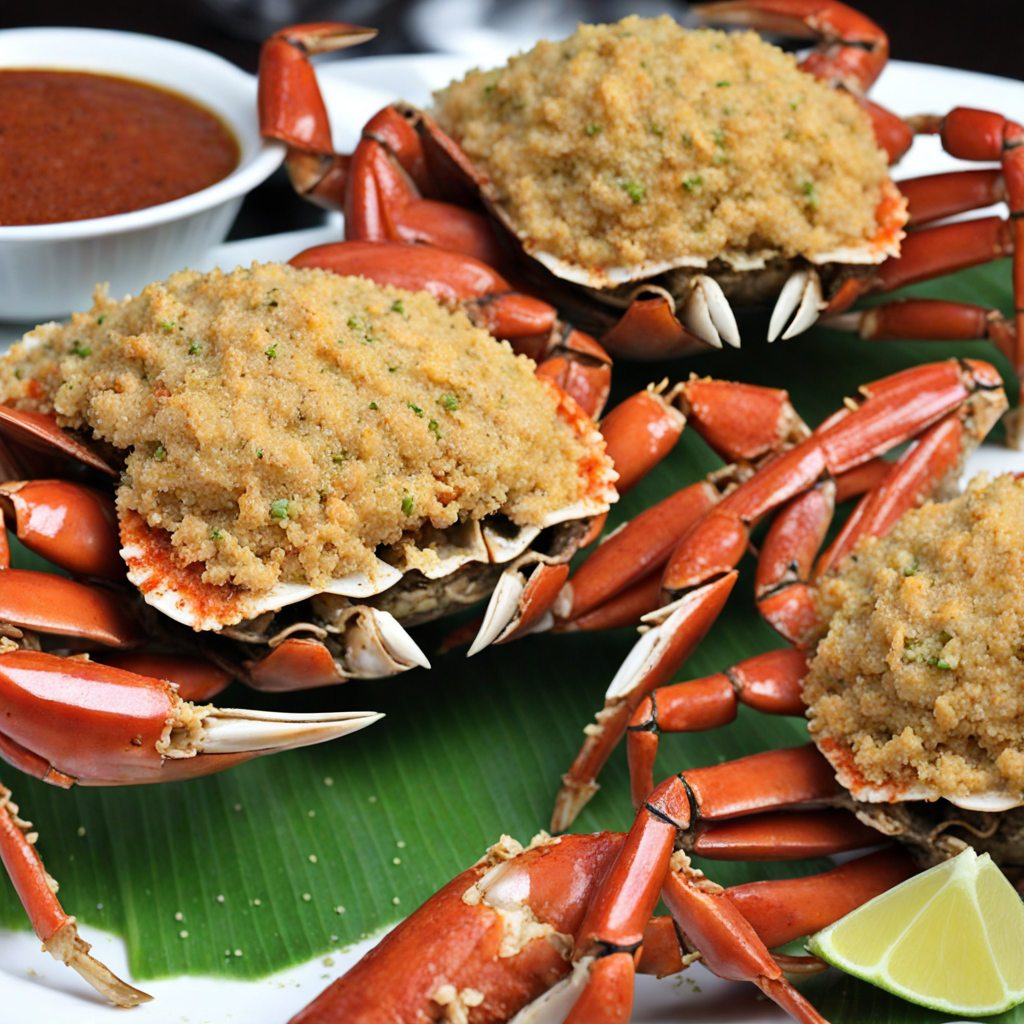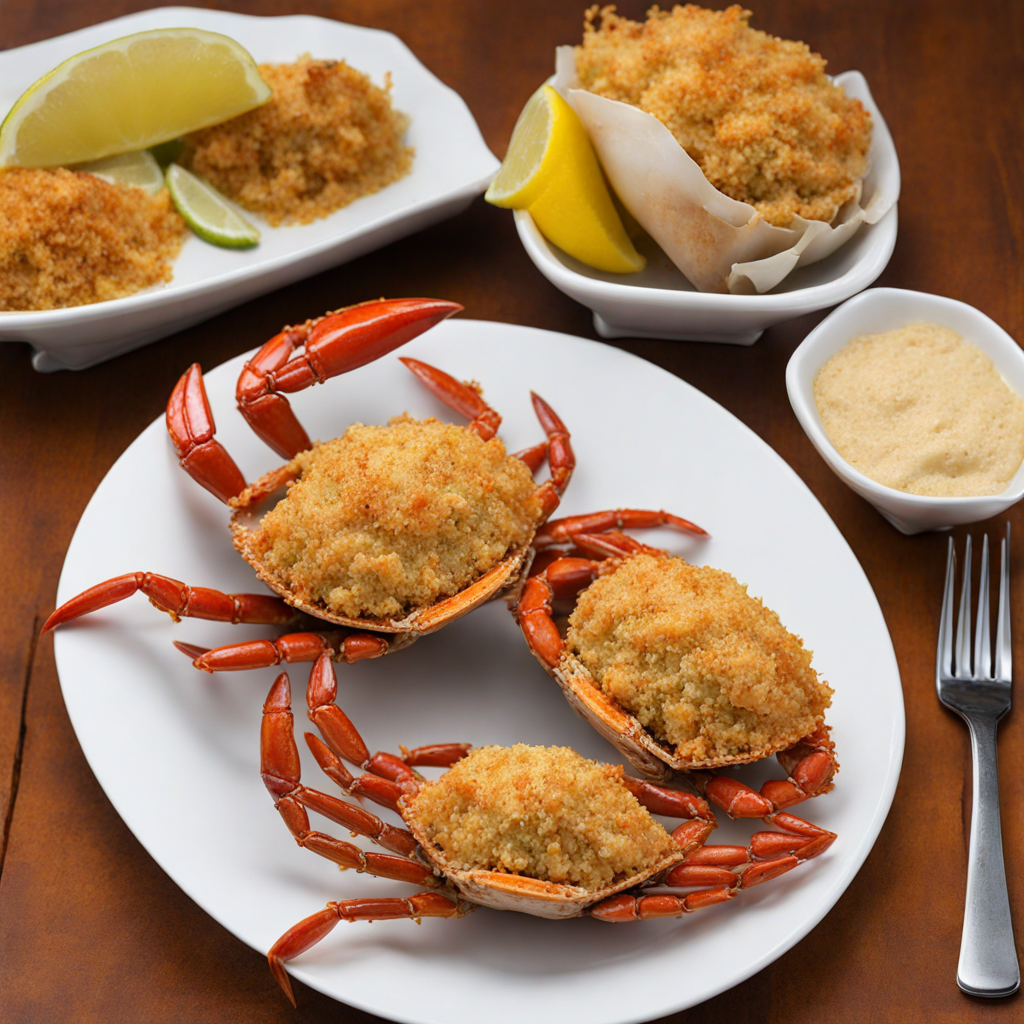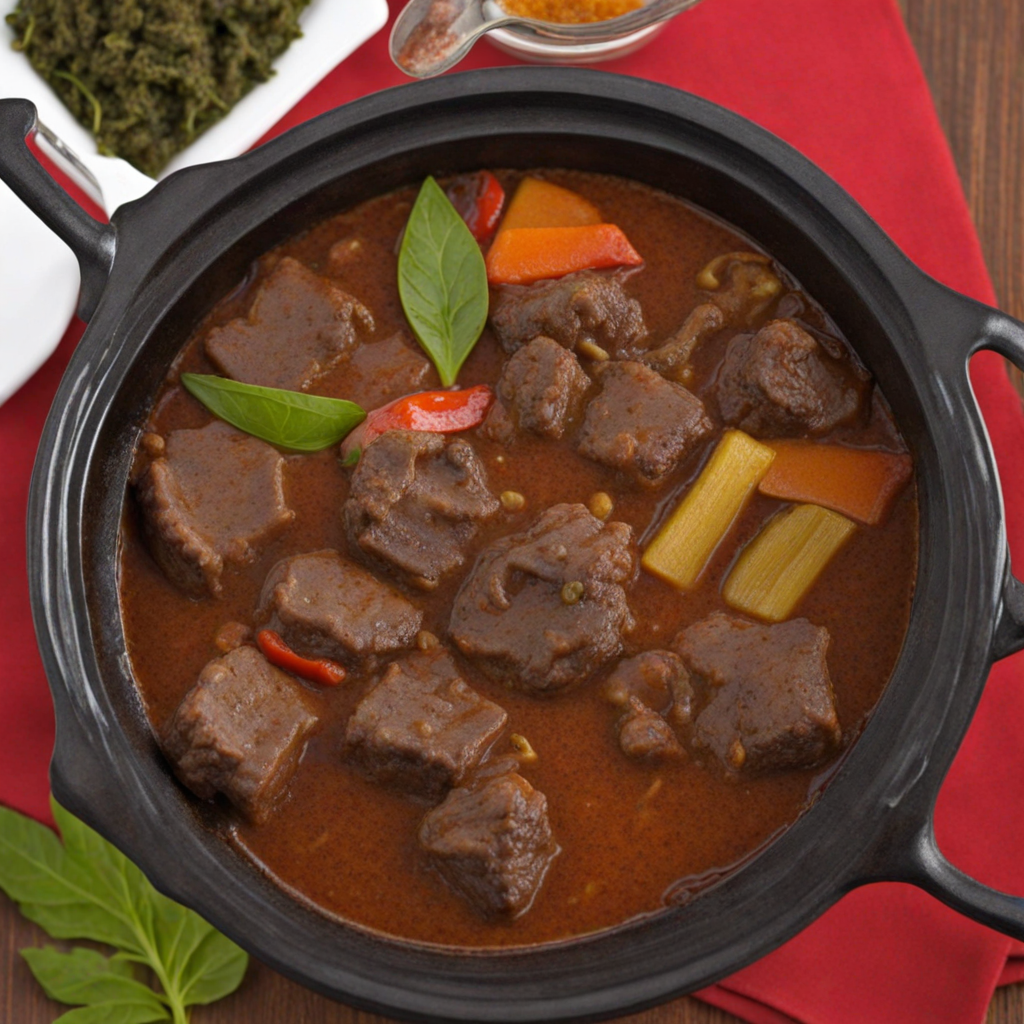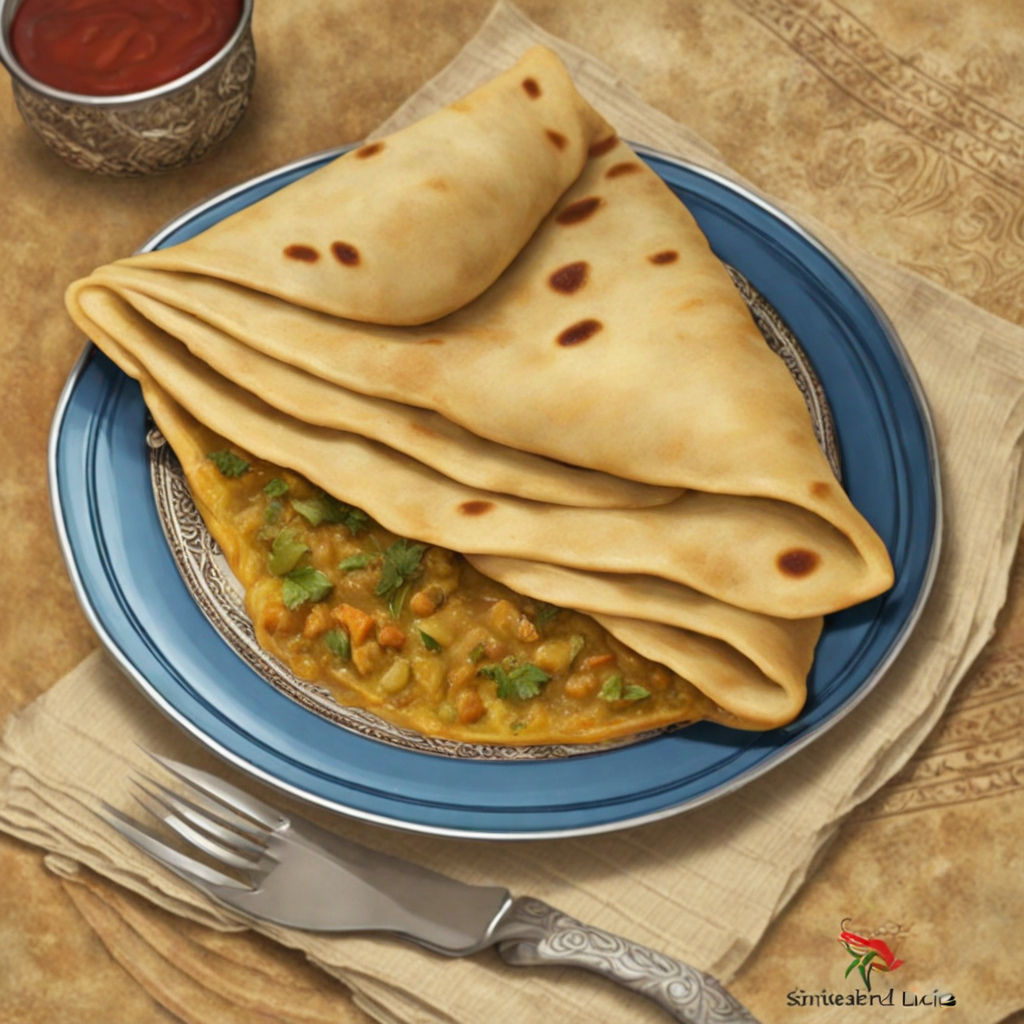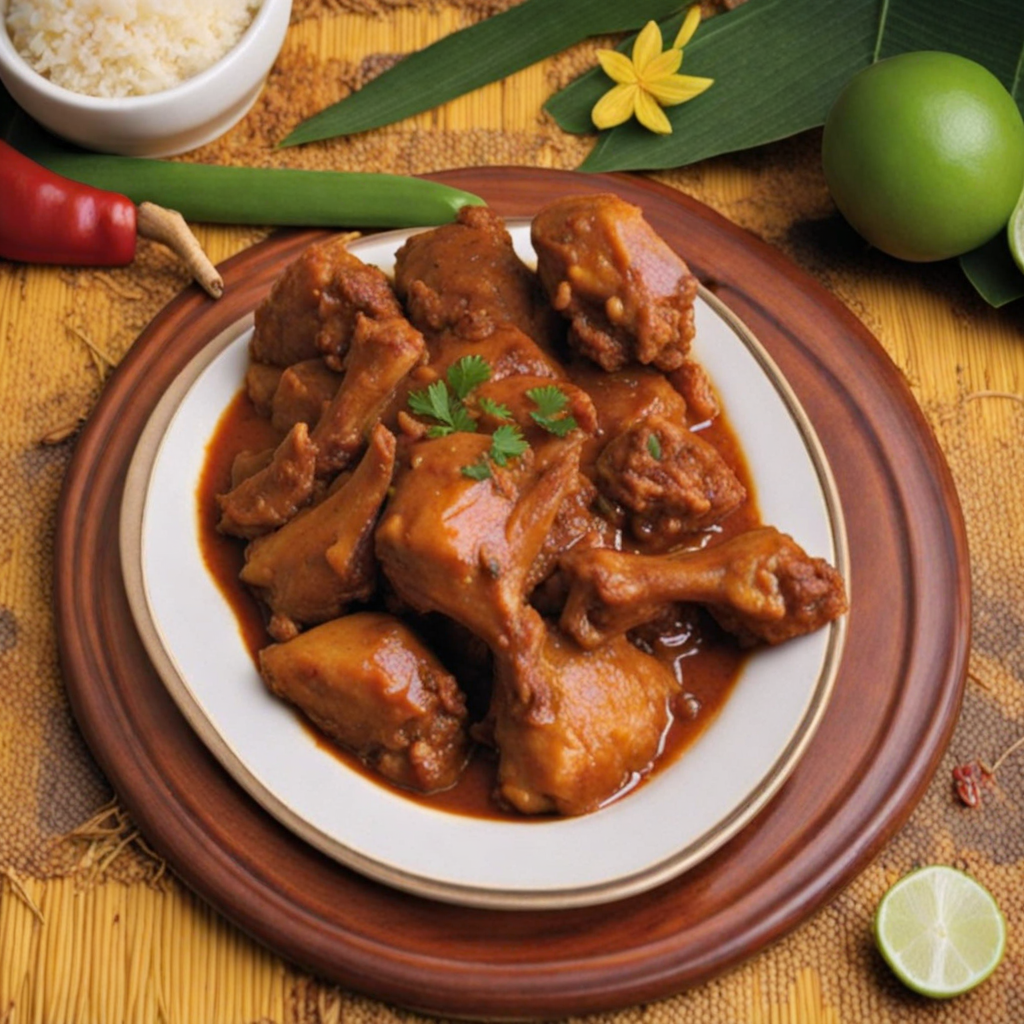Crab Back
Crab Back is a delightful and unique dish that showcases the rich flavors of Saint Lucian cuisine, combining the freshness of local crab with a medley of spices and ingredients. The dish primarily features crab meat, which is typically pulled from the shell, offering a sweet and succulent base. The crab is then expertly mixed with sautéed vegetables such as bell peppers, onions, and scallions, along with aromatic herbs like thyme and parsley. This combination creates a vibrant filling that embodies the essence of the Caribbean's tropical bounty, making each bite a burst of flavor and texture. What sets Crab Back apart is the way it is presented. The crab mixture is spooned back into the original crab shells, which not only adds a rustic charm but also enhances the dining experience. The shells are often topped with a sprinkle of breadcrumbs or grated cheese before being baked to perfection, resulting in a golden, slightly crispy exterior that contrasts beautifully with the tender crab filling. This culinary technique elevates the dish, making it visually stunning as well as delicious. Crab Back is often served as an appetizer or a main course and pairs wonderfully with a side of rice, plantains, or a fresh salad. The dish is typically enjoyed with a squeeze of lime or a drizzle of hot sauce, which complements the natural sweetness of the crab and adds an extra layer of zest. For those looking to explore the vibrant flavors of Saint Lucia, Crab Back is an unforgettable experience that perfectly encapsulates the island's culinary heritage and love for fresh, local ingredients.
How It Became This Dish
The Engaging History of Crab Back: A Culinary Treasure from Saint Lucia Crab Back, a delightful dish that hails from the Caribbean island of Saint Lucia, embodies the rich cultural tapestry and culinary heritage of this vibrant nation. The dish is not just a feast for the palate; it also tells a story of the island’s history, its natural resources, and the melding of various cultural influences. To understand Crab Back, we must delve into its origins, cultural significance, and the evolution of this beloved seafood dish over time. #### Origins of Crab Back The roots of Crab Back can be traced back to the indigenous peoples of the Caribbean, particularly the Arawaks and Caribs, who inhabited the region long before European contact. These early inhabitants were skilled fishermen and foragers, relying heavily on the abundant marine life and land resources to sustain their communities. Crabs, especially those found in the coastal mangroves and rocky shores, were a staple in their diet. With the arrival of European colonizers in the late 15th and early 16th centuries, the culinary landscape of Saint Lucia began to change. The French and British brought their own culinary traditions, which merged with the local practices, creating a unique fusion of flavors. The French influence is particularly notable in Crab Back, as the dish often incorporates cooking techniques and flavor profiles reminiscent of French cuisine. This melding of cultures not only enriched the local gastronomy but also laid the groundwork for Crab Back to evolve into the iconic dish it is today. #### Cultural Significance Crab Back is more than just a dish; it is a symbol of community and cultural identity in Saint Lucia. The preparation of Crab Back often involves family gatherings and community events, where the act of cooking becomes a celebration. Traditionally, the dish is made using the meat of land crabs, which are carefully harvested from their burrows, often during the rainy season when they are most active. The land crab, known locally as "crab" or "land crab," is an integral part of Saint Lucian culture. Its presence in local folklore and traditions underscores its importance. Fishermen and crab hunters often share tales of their exploits, turning the catch into an event that brings people together. The communal aspect of preparing and sharing Crab Back reflects the island's sense of hospitality and kinship. In Saint Lucia, Crab Back is often featured at festivals, family gatherings, and special occasions. It is a dish that embodies the spirit of celebration, bringing together flavors, textures, and people. The vibrant colors of the dish, often garnished with fresh herbs and served in the crab shell itself, make it visually appealing and a centerpiece of any meal. #### The Evolution of Crab Back Over Time As the years rolled on, the preparation and presentation of Crab Back evolved, influenced by globalization and the island's changing demographics. While the traditional recipe remains popular, modern interpretations have also emerged, showcasing the adaptability of this dish. Historically, Crab Back is prepared by removing the meat from the crab and mixing it with a medley of ingredients, including onions, bell peppers, garlic, and spices. This mixture is then packed back into the crab shell, often topped with breadcrumbs or cheese, and baked until golden brown. The result is a savory, aromatic dish that is both comforting and indulgent. In contemporary kitchens, chefs have begun to experiment with Crab Back by incorporating a variety of flavors and ingredients. Some versions introduce local spices, such as allspice or nutmeg, while others may use different types of cheese or even exotic ingredients like coconut milk. This evolution reflects a broader trend in Caribbean cuisine, where traditional dishes are reimagined to cater to diverse palates and dietary preferences. Additionally, the rise of eco-tourism and a growing appreciation for local foods have led to a resurgence in the popularity of Crab Back. Many restaurants and food festivals across Saint Lucia proudly feature this dish, often highlighting its local origins and cultural significance. Chefs take pride in using sustainably sourced crab and fresh, locally grown ingredients, further enhancing the dish's appeal. #### Contemporary Crab Back and Global Recognition As Crab Back garners attention beyond the shores of Saint Lucia, it has become a culinary ambassador for the island. Food enthusiasts and tourists seek out authentic experiences, and the dish is often recommended as a must-try when visiting. Social media platforms have also played a significant role in elevating Crab Back's profile, with food bloggers and chefs sharing mouthwatering images and recipes that highlight its appeal. In recent years, culinary competitions and events have put Crab Back in the spotlight, allowing chefs to showcase their creativity and skill in preparing this cherished dish. These events not only celebrate the dish itself but also promote Saint Lucian culture and heritage on a global stage. #### Conclusion Crab Back is a dish that reflects the rich history and cultural significance of Saint Lucia. From its indigenous roots to its modern interpretations, it is a testament to the island's culinary heritage and the resilience of its people. As Crab Back continues to evolve, it remains a beloved dish that brings communities together, celebrates the bounty of the sea, and showcases the vibrant flavors of Saint Lucia. In a world increasingly focused on sustainability and local ingredients, Crab Back serves as a delicious reminder of the importance of preserving culinary traditions while embracing innovation. It is more than just a meal; it is a story of place, culture, and the enduring connection between food and community. Whether enjoyed at a local feast or in a fine dining restaurant, Crab Back is sure to leave a lasting impression, inviting all who partake in its flavors to appreciate the beauty of Saint Lucia's culinary landscape.
You may like
Discover local flavors from Saint Lucia


